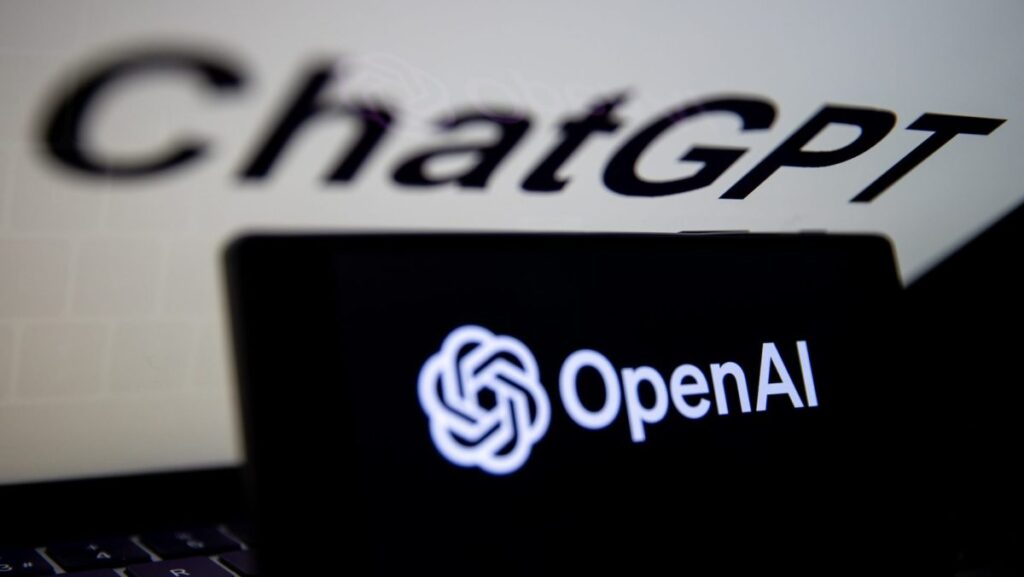Popular AI chatbot service ChatGPT experienced significant outages today, prompting OpenAI to dedicate substantial resources to restore user access. As businesses increasingly rely on AI-driven communication tools, understanding the nature of these faults and how to troubleshoot them is critical.
According to the company’s service status tracker, OpenAI initiated efforts to address the first outage at 12:21 AM PDT, resolving the issues by 4:19 AM PDT. However, another setback occurred shortly thereafter, leading to a renewed investigation at 7:33 AM PDT. OpenAI’s subsequent update at 10:17 AM PDT indicated that all systems were back online. The impact was felt across all user plans, affecting a multitude of ChatGPT-related services but leaving the platform and API operational. This highlights the significance of monitoring AI services continuously, given their foundational role in modern business operations.
During the early hours of the day in Pacific Time, users globally reported issues via social media platforms. Notably, ChatGPT has surpassed 100 million weekly users, a testament to its integration into various industries for communication and automation. The scale of its user base underscores the critical need for robust service reliability. Companies relying on these AI services must have contingency plans to address potential operational disruptions.
The recent incidents are not isolated. Over the past month, users have faced several partial outages, with one significant event tied to an issue with the Bing API. Such occurrences underscore the complexities surrounding AI implementations, whereby dependencies on third-party APIs can lead to systemic issues that affect automated processes.
Common problems associated with AI-driven services include system errors, API rate limits, and integration issues. Addressing these problems quickly is crucial for minimizing downtime and preserving user experience. Here’s a step-by-step guide to troubleshoot and resolve typical errors in automation:
-
Identifying the Error: Begin by reviewing error logs and notifications sent by the AI service provider. Look for specific error codes or messages that can point to the root cause.
-
Check Service Status: Always consult the service status page of the provider. This often gives up-to-the-minute information regarding ongoing issues and expected resolutions.
-
Implement Rate Limiting: Many API services enforce limits on requests over set intervals. If you’re facing rate limit issues, consider optimizing your requests. Batch your data or implement exponential backoff strategies to manage bursts in demand without exceeding thresholds.
-
Review Code and Integrations: A common source of issues can be found within the integration code when connecting the AI service with other systems. Ensure that endpoints are updated and relevant to the current API version. Conduct thorough testing after any changes to maintain stability.
-
Utilize Fallbacks and Redundancies: Design your system architecture to incorporate failover mechanisms. This might include using alternative API providers or enabling cached data during outages.
- User Communication: In the event of an outage, communicate transparently with your users. Provide updates on the situation, estimated recovery times, and, if applicable, alternative resources they can use in the interim.
Investing in infrastructure that promotes rapid error resolution can yield significant returns. Quick troubleshooting not only minimizes downtime but also enhances the overall user experience, thereby fostering loyalty and engagement. Businesses that prioritize immediate error resolution can significantly mitigate risks associated with service disruptions, maintain productivity, and ensure that AI tools remain a valuable asset.
In summary, as businesses integrate AI more deeply into their operations, they must also cultivate a robust strategy for managing potential disruptions. While the technology continues to evolve, understanding common pitfalls and being equipped to address them swiftly can provide organizations with a competitive edge.
FlowMind AI Insight: Rapid error diagnosis and resolution is not just a technical necessity but a business imperative. Organizations that invest in proactive error management will witness an improvement in operational efficiency and customer satisfaction, ultimately leading to a stronger market position.
Original article: Read here
2024-06-04 07:00:00

